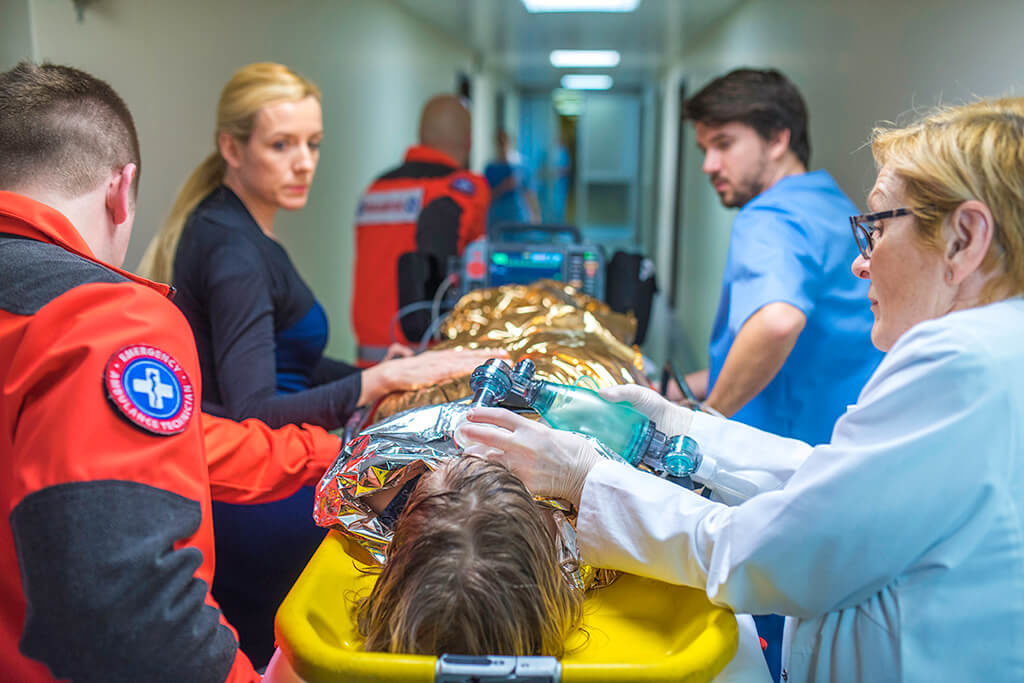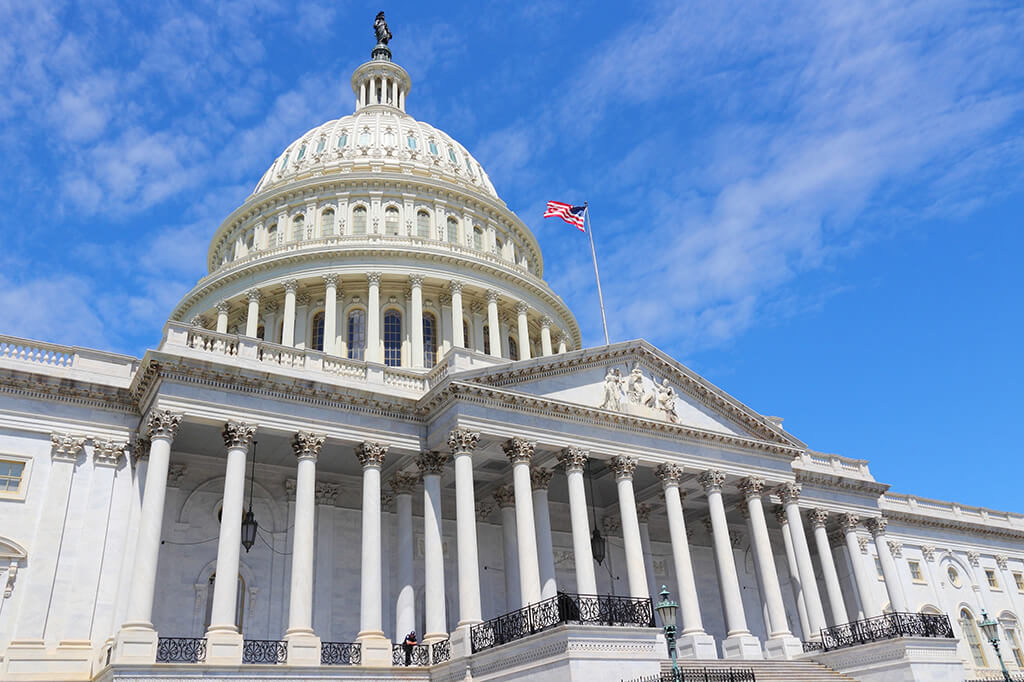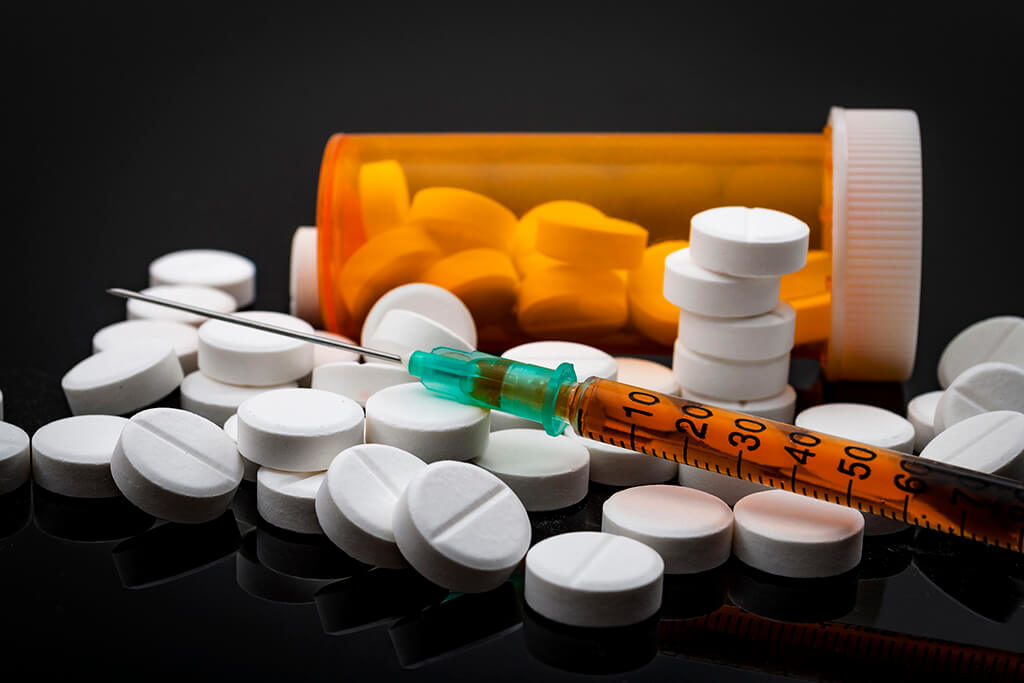The State of Opioid Medication Assisted Treatment (MAT)

Despite efforts to increase availability of medication assisted treatment at the federal level, drug overdoses, particularly those of the opioid category, remain the leading cause of death in Americans younger than 50 years of age. Most of these involve synthetic opioids with a 540% increase in related deaths in the past 3 years… View full […]
Pennsylvania Hospital Becomes OUD Treatment Model After Working with PCSS During Pilot Program

Hanover Hospital and its affiliated healthcare clinics has become a model for how a healthcare system that is fully engaged in embracing evidence-based treatment of opioid use disorders can make significant change. A little more than a year ago, PCSS reached out to Hanover Hospital to participate in a five-state pilot program to create a […]
AAP Challenges Pediatric Surgeons to Cut Opioid Prescriptions at Discharge in Half

In March, the American Academy of Pediatrics (AAP) Section on Surgery’s Executive Committee issued a six-month challenge to pediatric surgeons to decrease opioid prescribing by 50% at discharge. Not long ago, writing a prescription for opioids was routine practice following surgery, says Vivian Thorne, Manager, Division of Hospital and Surgical Services at AAP. With rising […]
2017 HHS Accomplishments on Opioids

Marking the end of the first year of the Trump Administration, the U.S. Department of Health and Human Services (HHS) released a report highlighting accomplishments from 2017. “In 2017, HHS took bold action to advance its mission to protect and enhance the health and well-being of the American people. From a newly aggressive approach to […]
Trump Administration Issues Guidance on Waivers of IMD Rule

Today, the Centers for Medicare and Medicaid Services (CMS) issued a letter to State Medicaid Directors, outlining a new waiver process to allow Medicaid payment of broad range of services for opioid and other substance use disorders (SUD), including residential treatment. The letter, issued in response to President Trump’s declaration of an opioid public health […]
Multiple Naloxone Administrations Among Emergency Medical Service Providers is Increasing

Opioid overdoses are at epidemic levels in the United States. Emergency Medical Service (EMS) providers may administer naloxone to restore patient breathing and prevent respiratory arrest. There was a need for contemporary data to examine the number of naloxone administrations in an EMS encounter. Read abstract ›
The Effectiveness of Injectable Extended-Release Naltrexone vs Daily Buprenorphine-Naloxone for Opioid Dependence

Are monthly intramuscular injections with extended-release naltrexone hydrochloride as effective as daily oral buprenorphine–naloxone hydrochloride in reducing the use of heroin and other illicit substances in newly detoxified, opioid-dependent individuals? Read abstract ›
Prescribing patterns of buprenorphine waivered physicians

DATA 2000 enabled physicians with approved training to be waivered to prescribe buprenorphine for the treatment of opioid use disorders (OUD) for a limited number of patients. A rule change in 2016 increased the patient limit for certain buprenorphine waivered physicians from 100 to 275. This study examines the prescribing patterns of buprenorphine prescribers by […]
Steering Committee Meets to Discuss Strategy

Members of the PCSS Steering Committee met last week in Washington, D.C., energized and motivated to strategize and brainstorm for the coming year. The overall goal of the meeting was to share what PCSS has accomplished in the past year, discuss proposed activities, and create a strategic plan for the future. The objective was to […]
Advanced Studies Essentials of Addiction Medicine Course – Oct 28th to 29th

The AOAAM will offer an Essential of Addiction Medicine Course on October 28 and 29, 2017 in Lansing, Michigan. The two-day course will cover fundamentals in addiction medicine and offer 16 hours of AOA Category 1-A CME. This course is designed to provide up-to-date data and practice techniques for basic through advanced addiction treatment, and […]

